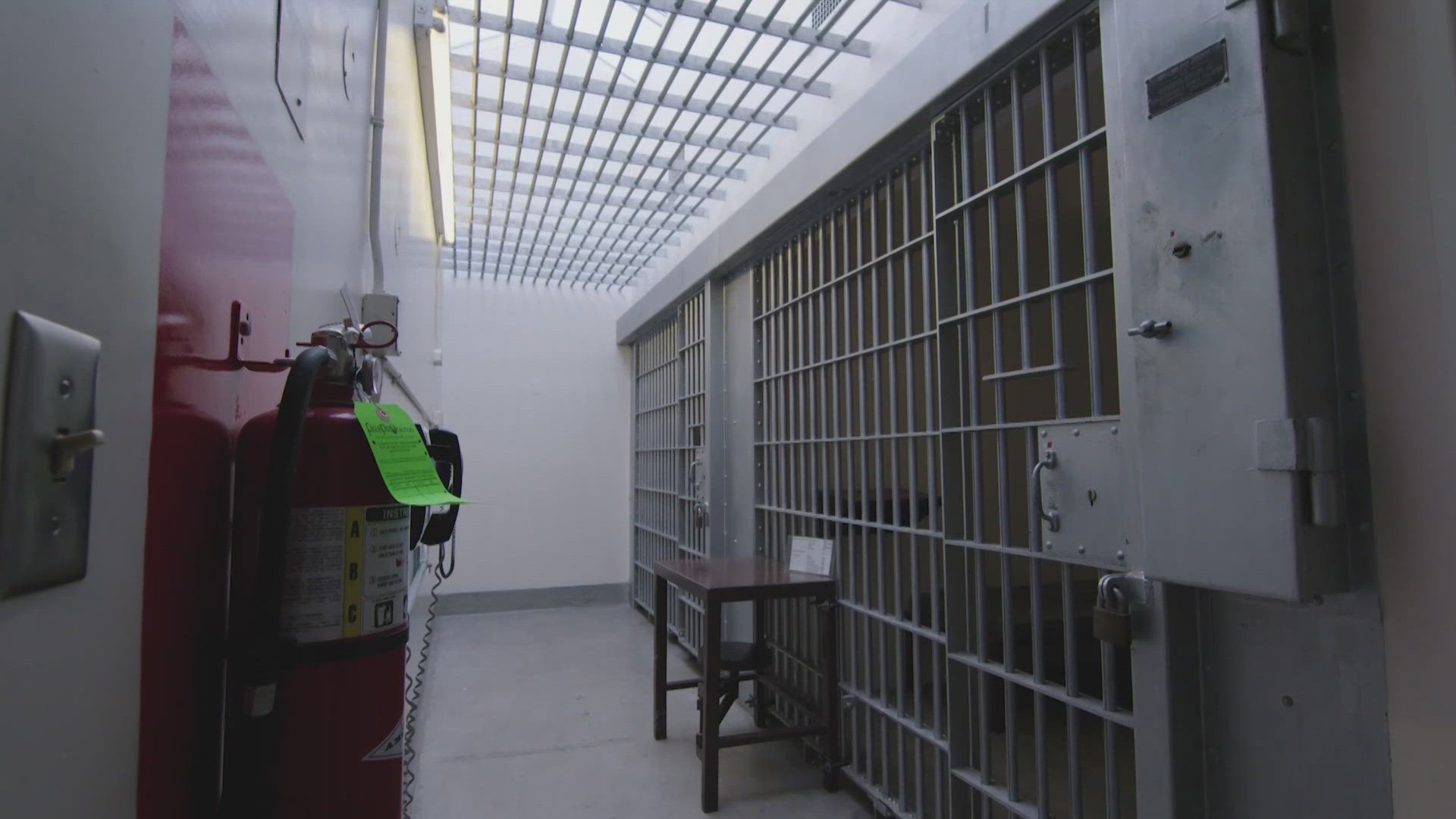WALLA WALLA, Wash. — Washington Department of Corrections (DOC) officials took its last "death chamber" offline Wednesday morning.
The small room, located inside the Washington State Penitentiary in Walla Walla, is where inmates sentenced to death had a choice: die by hanging or by lethal injection.
Seventy-eight inmates have been executed there since 1904, the last person being Cal Coborn Brown in 2010.
In 2014, Gov. Jay Inslee instituted a moratorium on the death penalty. Following a state Supreme Court ruling in 2018 stating the way the death penalty was sentenced in Washington state was racist, capital punishment was officially abolished in 2023.
The closing of the execution chamber is mostly ceremonial. DOC officials said they will reveal a plaque and leave the room intact for "historical reasons." It's unclear at this point if there are other plans for the room.
As the chapter on the dark history of executions in Washington comes to a close, it's worth noting, that the journey to get to this point has been a long one.
"I just think it's incredible," Heather Evans said when told about the closure.
Dr. Evans is one of the authors of the report that convinced the Supreme Court in 2018 that Washington's state capital punishment policy was rooted in racism.
Evans is a UW sociology professor, but when she started working on the report in 2016, she was co-author Katherine Beckett's graduate student. Evans and Beckett combed through more than 2,000 capital case trial reports and came to this conclusion:
"Race alone made a defendant who was Black four and a half times more likely to get the death penalty than a defendant who was not Black," Evans said.
The Supreme Court’s opinion highlights specific examples of how race was weaponized inside Washington state courtrooms. It showed in some cases, prosecutors worked to take the only Black juror off the panel.
It also showed how a prosecutor used “inflammatory, racially charged images” to highlight a defendant’s race, even when that had no relevance to the case.
Evans said even after reading through those cases she didn’t expect the final calculations to show such a stark disparity.
"That was very shocking, it was honestly stunning," Evans said. "When I first got that result -- I felt sick to my stomach."
Evans said she checked twice, three times, four times and more to make sure her analysis was correct. In the end, the numbers were clear.
"If two defendants shared all of the same legal characteristics and only their race was changed, that just by being Black you're four and a half times more likely to get the death penalty," Evans said.
The report highlights what civil rights attorney James Bible said he’d known all along.
"Data and research often make a lot of sense in terms of whether or not to move in a particular direction," Bible said. "There's also this grey area where some folks know that on occasion, they don't have to be told they're hit in the face, because they feel the blow."
Bible said as an attorney, he’s seen racism first-hand in the courtroom.
"Specifically Black and Latino people in the state of Washington and around the country that have been disproportionately impacted by death penalty decisions," Bible said. "I think what it means is that some children will still have their fathers and mothers, and moms and dads will still have their children."
As for Evans, she still finds the Supreme Court's unanimous decision, surreal. Luckily, she has a daily reminder.
"I actually tattooed on my body, '9-0' to remind myself again," Evans said. "Like I was so stunned that we got the result that we did and it was unanimous, and it was our evidence that was used to reach that goal."
The closing of the death chamber is ceremonial, but it is evidence that systemic change is possible.
"That is the natural instinct, people want to identify the few bad apples, whereas the argument we're making is that it's a systemic problem," Evans said. "This is not one, two individuals who can simply be replaced, and when it's a systemic problem rather than replacing people, you need to change the system."

